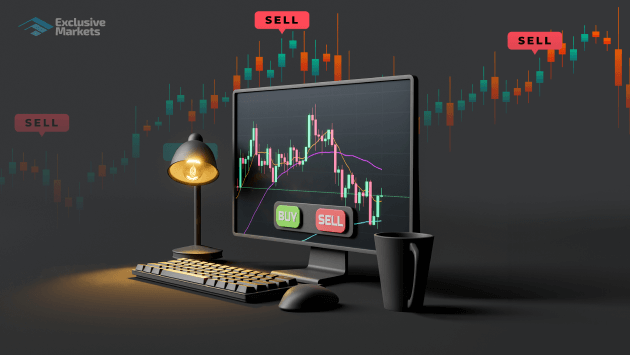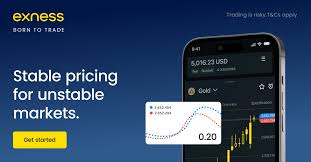
Forex Trading Strategies for Beginners
If you’re new to Forex trading, understanding the basic strategies can help you make informed decisions. With the right knowledge and a solid approach, you can navigate the complexities of the Forex market. This guide covers essential Forex trading strategies for beginners and offers insights into effective trading practices. For trading platforms, you might want to explore forex trading strategies for beginners Forex Trading Platforms that suit your needs.
Understanding Forex Trading
Forex, or foreign exchange, involves trading currencies from around the world. The goal is to profit from the fluctuations in currency values. The Forex market operates 24/5, providing ample opportunities for traders. However, to be successful, beginners must develop effective trading strategies.
1. Basic Concepts of Forex Trading
Before diving into strategies, it’s important to understand key concepts such as:
- Currency Pairs: Currencies are traded in pairs (e.g., EUR/USD). The first currency is the base currency, while the second is the quote currency.
- Bid and Ask Price: The bid price is what buyers are willing to pay, and the ask price is what sellers are asking for. The difference between them is called the spread.
- Leverage: This allows traders to control larger positions with a smaller amount of capital, increasing both potential profits and losses.
2. Types of Forex Trading Strategies
Let’s explore some of the most effective trading strategies suitable for beginners:
2.1 Trend Following
Trend following is a popular strategy among traders. The idea is to identify the direction of the market (upward, downward, or sideways) and make trades that align with that trend. Traders can use moving averages or trend lines to help determine the trend direction.
2.2 Range Trading
When markets are not trending, they often move within a certain range. Range trading involves identifying support and resistance levels, where prices tend to bounce between high and low points. Traders can buy near the support level and sell near the resistance level.
2.3 Breakout Trading
Breakout trading occurs when the price moves outside of a defined support or resistance level. Traders look for strong volume that confirms the breakout and then enter a trade, anticipating the price will continue in the breakout direction. This strategy can be useful for capturing large price movements.
2.4 Scalping
Scalping is a short-term strategy focused on making small profits from small price changes. Scalpers place numerous trades throughout the day, often holding positions for just a few minutes. This strategy requires a disciplined approach and a good understanding of technical analysis.
3. The Importance of Risk Management

Regardless of the strategy you choose, risk management is crucial in Forex trading. Here are some key principles to follow:
- Set stop-loss orders: A stop-loss order automatically closes a trade at a specified price to limit losses.
- Use proper position sizing: Determine how much capital you are willing to risk on a single trade and adjust your position size accordingly.
- Never risk more than you can afford to lose: This principle keeps your losses manageable and allows you to stay in the game longer.
4. Technical vs. Fundamental Analysis
Traders often rely on two main types of analysis to make decisions:
4.1 Technical Analysis
This involves analyzing price charts and using indicators to forecast future price movements. Common tools include:
- Moving Averages
- Relative Strength Index (RSI)
- Bollinger Bands
4.2 Fundamental Analysis
This approach considers economic factors, news events, and overall market sentiment that could impact currency values. Key indicators include:
- Interest rates
- Inflation data
- Economic growth indicators (GDP)
5. Developing Your Trading Plan
A trading plan is an essential component of successful Forex trading. It outlines your trading strategies, risk management rules, and goals. A well-structured trading plan should include:
- Your chosen trading style (day trading, swing trading, scalping, etc.)
- Specific strategies for entering and exiting trades
- Capital allocation and risk management rules
6. Practicing with a Demo Account
Before trading with real money, it’s advisable to practice with a demo account. Most brokers offer demo accounts that allow you to trade in real market conditions without risking actual capital. This can help you:
- Familiarize yourself with the trading platform
- Test your strategies without financial risk
- Build confidence in your trading abilities
Conclusion
Forex trading can be an exciting and potentially profitable venture for beginners. By understanding and implementing effective Forex trading strategies, along with proper risk management, you can enhance your trading skills and navigate the market successfully. Remember to start with a solid trading plan and practice with a demo account to build confidence before trading with real money. Consistency, discipline, and continuous learning are key to becoming a successful Forex trader.




